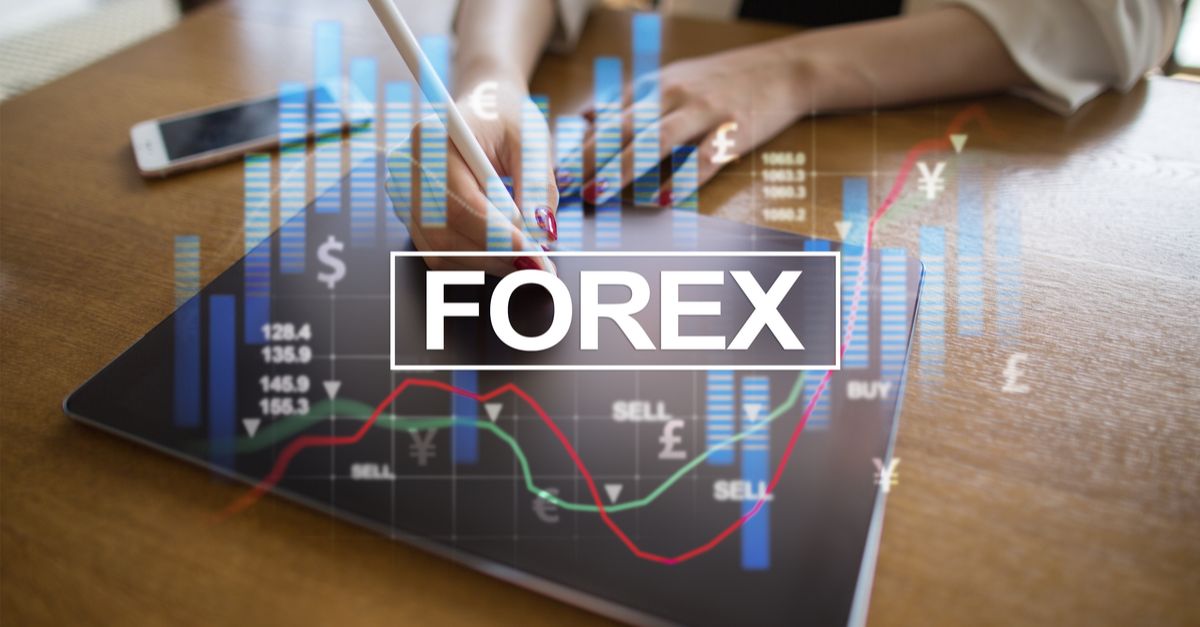The Impact of International Relations on Currency Markets: A Deep Dive

Within the current interconnected world, the forex market is positioned as a vibrant arena influenced by a multitude of factors, especially geopolitics at the forefront. As currencies vary in response to global events, political choices, and economic changes, traders have to navigate a complex environment where knowledge and strategy are essential. Understanding how geopolitical developments impact forex trading is vital for anyone who wants to succeed in this fast-paced environment.
This article delves deep into the intricate relationship between geopolitics and forex markets, exploring how international affairs influence currency values and trading prospects. Ranging from economic sanctions to political instability, the forces at play can create both challenges and opportunities for investors. By comprehending these dynamics, traders can improve their decision-making processes, allowing for more strategic methodologies to trading that consider the broader implications of global events.
Understanding Foreign Exchange Fundamentals
Forex, or currency trading, is the global marketplace for exchanging local currencies versus one another currency. With a daily trading volume exceeding six trillions dollars, it is one of the biggest monetary markets in the world. Unlike other financial exchanges, Forex operates 24 h/7 a day, five days a week, allowing traders to engage at any given time. Currencies are traded in pairs, such as Euro/US Dollar or Pound/Yen, where one currency is traded for another.
The fundamental principle of Forex trading is the value movement of currency pairs. Traders buy one currency while at the same time selling another, betting on the rate of exchange direction. This involves comprehending how various factors, including economic indicators, interest rates, and geopolitical events, influence currency values. It’s crucial for traders to understand these concepts to make wise trading decisions and modify their approaches based on market conditions.
Leverage is a key aspect of Forex trading, allowing operators to manage larger positions with a smaller amount of capital. While leverage can increase gains, it also increases the risk of substantial losses. Consequently, effective risk management is crucial for success in Forex markets. New traders should familiarize themselves with fundamental strategies, tools, and the psychology behind trading to navigate this ever-changing landscape effectively.
Main Market Strategies
In terms of profitable forex trading, utilizing effective strategies is crucial for maximizing profits and reducing losses. One popular approach is the swing trading method, which focuses on capturing short- and medium-term market movements. Traders who follow this strategy usually hold positions for a few days to weeks, using technical analysis to identify potential price swings. This method can be particularly beneficial for those who like not to monitor the markets continuously, allowing for a more flexible trading schedule.

Another popular strategy is day trading, which entails making multiple trades within a single day to exploit intraday price fluctuations. https://www.forexcracked.com/forex-ea/ rely on technical indicators and real-time data to guide their decisions, aiming to exit all positions before the market closes to avoid overnight risks. This quick trading style necessitates a solid understanding of market trends, as well as the ability to make rapid decisions based on evolving conditions.
For traders looking to add more sophisticated techniques, leveraging multiple time frames for analysis can improve decision-making. By examining price charts across multiple time frames, traders can achieve a comprehensive view of market trends and potential entry and exit points. This strategy helps in recognizing the larger trend while at the same time allowing for exact timing on shorter time frames, ultimately resulting in more informed trading decisions.
Handling Threats in Forex
Managing risks in Forex trading is vital for prolonged profitability. A critical strategy is to implement a sound risk management strategy, that usually involves deciding the amount of capital you are willing to risk on a single transaction. A common rule is to cap risk to 1 or 2 % of your overall investment account per trade. This strategy allows participants to withstand a string of losses without significantly hurting their investment funds, thus guaranteeing longevity in the market.
Moreover crucial element of threat mitigation is the use of stop-loss orders and take-profit orders instructions. These instruments enable participants to set closure levels for their trades, automatically terminating trading positions when a designated gain point is reached or deficits go beyond a set limit. This mechanization helps to lessen emotional decision-making during unstable market situations, allowing participants to adhere to their trading schemes without being easily influenced by market changes.
In addition, building a solid trading plan that features appropriate reward-to-risk proportions is important. Profitable traders often search for positions where potential benefits significantly exceed the dangers, frequently looking for a ratio of no less than 2:1. By focusing on high-probability setups and maintaining self-control in performing transactions, investors can successfully manage dangers and enhance their possibilities of realizing consistent returns in the Forex market.
